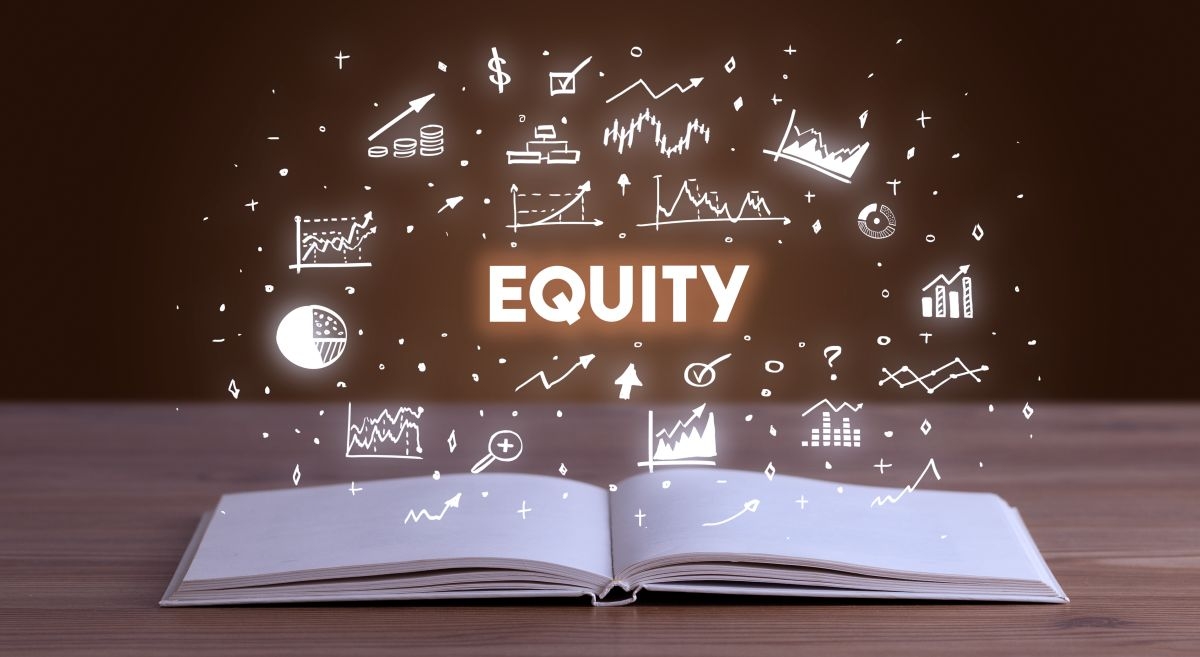What is Working Capital? Does it Affect Valuation?
MediaWhat is Working Capital? Does it Affect Valuation? Equitest's business valuation team discusses
What is Working Capital and Does it Affect Valuation?
What is Working Capital?
Working capital refers to the assets and liabilities that a company needs to run the business other than the fixed assets.
The accounting items included in the working capital are operating cash, account receivables, payables, etc.
When the firm grows, it will need more inventory and operating cash. Furthermore, your receivables will also be more significant due to more sales.
Working capital gets its name because of the way that money works. First, the firm takes a short-term loan. Then, it uses the loan. For example, to purchase goods, which it sells at a profit, and then - with the income from sales, it repays the loan. The capital is "working", and therefore gets the name working capital.
Working capital is a useful concept in financial statement analysis. Originally working capital was used to assess the firm's risk. More precisely - the firm's liquidity - that is, the firm's ability to repay the obligations that need to be paid in the coming year.
What is the definition of Working Capital?
Working Capital is defined as the difference between current assets and liabilities.
Suppose the current assets are equal to 1,000,000 USD and the current liabilities are equal to 600,000 USD. In that case, the working capital equals 400,000 USD.
How should working capital be used in company valuation?
Working capital is also used for business valuation purposes. It is one of the items in the DCF (discounted cash flow) method.
However, the working capital in business valuation differs from the working capital in the financial statement.
- Backing out cash and investments in marketable securities from current assets: Cash, especially in large amounts, is invested by firms in treasury bills, short-term government securities, or commercial paper. While the return on these investments may be lower than what the firm may make on its real investments, they represent a fair return for riskless assets.
- However, you could consider the cash needed for operations as a part of working capital. Backing out all interest-bearing debt (short-term debt and the portion of long-term debt due in the current period) from the current liabilities. This debt will be considered when computing the cost of capital. If it were not backed out, it would be counted twice.
Conclusion
This article discussed What working capital is and Does it Affect Valuation. Suppose you look for a straightforward way to evaluate your business, manage your cap table, or create a pitch deck. In that case, you can try our intuitive ai based business valuation software or our business valuation calculator, or you can contact us for free advice or schedule a demo.
Related items
Media
(To unmute the video clip, click the video)


